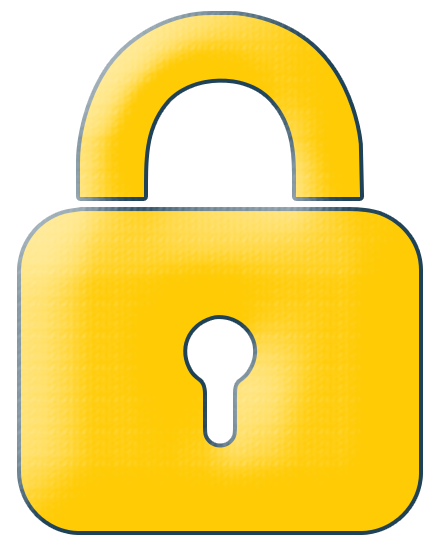
How can you ensure your animals receive the special chow your research requires? How do you tell your room husbandry technician that you don’t want your breeding cages disturbed immediately following a new birth? How do the veterinary personnel know which cage needs immediate attention due to a health concern?
The answer to these questions and more is through the animal room communication system!
The Unit for Laboratory Animal Medicine (ULAM) utilizes acetates, which are colored, plastic cards placed over animal cage cards to communicate information between lab personnel and ULAM personnel.
There are five different acetate colors used – red, blue, yellow, green, and clear. The meaning conveyed by an acetate varies by the color and orientation, i.e. whether the acetate is placed horizontally or vertically over the animal cage card.
When multiple acetates are placed on one cage card, they must be placed from smallest to largest in size. This is to allow easier viewing of each acetate when multiple acetates are used; red acetates are always placed in front for cages with multiple acetates to ensure priority.
Below is a table indicating what each acetate color & orientation means
A similar guide will be located in each animal room for reference. While the meaning of each acetate is crucial, who can remove an acetate is also important to understand. Looking at the last two columns of the table below, it can be ascertained that the person who places the acetate is typically the person responsible for removing that acetate.
When manipulating cages, extra care must be taken to ensure acetates are returned should any fall off.
Acetate
Color
Acetate
Meaning
Specifics
Who Places
the Acetate?
Who Removes
the Acetate?
Horizontal Red
Health concern or abnormality noted and veterinary personnel notified
Veterinary personnel have been contacted
ULAM husbandry personnel
ULAM veterinary personnel
Vertical Red
Veterinary personnel have examined animal and short-term follow-up is needed
Veterinary personnel are working to determine a management plan for the animal
ULAM veterinary personnel
ULAM veterinary personnel
Horizontal Blue
Overcrowded cage conditions requiring attention by the
next business day
ULAM places the acetate and will separate the next business day, unless already done so by the lab
ULAM husbandry personnel
ULAM husbandry personnel or lab personnel ONLY IF cage is appropriately separated
Vertical
Blue
ULAM marks single housed animal that does not have cage label identifying justification for single housing
A date and single housing exemption code must be recorded on a blue tab associated with the cage
ULAM husbandry personnel
ULAM husbandry personnel or lab personnel ONLY IF cage is properly labeled
Horizontal
Yellow
Deviation from ULAM Standard Operating Procedures (SOPs)
May or may not correspond
to a Special Treatment or Procedure (SToP) Form
Lab personnel or ULAM husbandry or veterinary personnel
Lab personnel may remove ONLY ones lab has placed.
ULAM removes ONLY ones ULAM has placed
Horizontal
Green
Veterinary personnel place these acetates when they are providing monitoring or treatment of a health condition
Veterinary personnel must assess animals minimally every 14 days
ULAM veterinary personnel
ULAM veterinary personnel
Horizontal
Clear
Condition observed, noted, and no monitoring or
treatment is needed
Common conditions are kinked/curly tail or animals with red skin phenotype
ULAM husbandry or
veterinary personnel
ULAM husbandry or
veterinary personnel
Resources
- Contact the ULAM Training Core at [email protected] or (734) 763-8039 if you would like additional training on the use of acetates in animal care rooms.
- Additional questions about the use of acetates in your specific animal care room should be directed to your facility’s ULAM Husbandry Supervisor.

![]() Links marked with a lock icon can only be accessed using valid U-M login credentials.
Links marked with a lock icon can only be accessed using valid U-M login credentials.